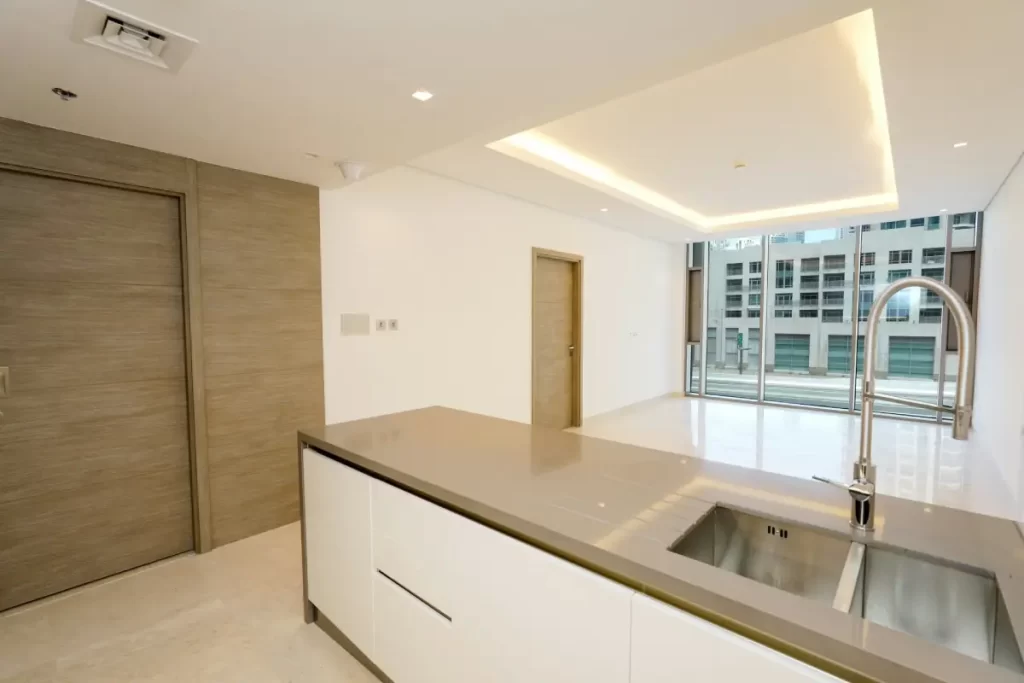
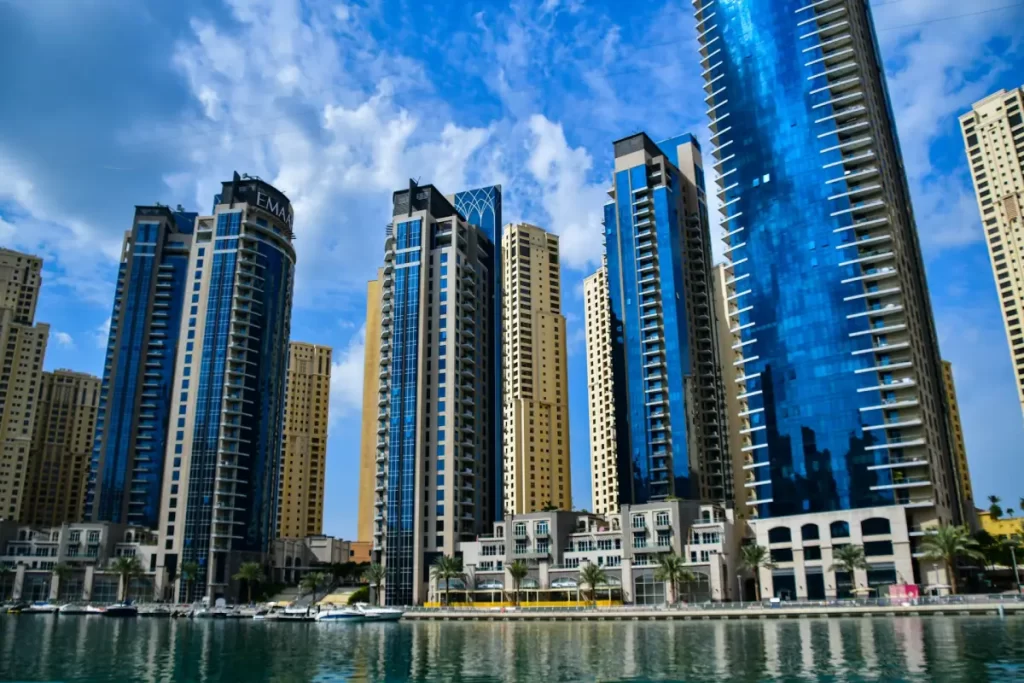
Have you ever wondered how property prices in Dubai really change, beyond the headlines and rumors?
If you’re trying to make sense of the real estate market, you’re not alone — many feel unsure about when and where to buy or sell.
In this article, you are the one in control. We are here to share insights from the Dubai real estate price index, a tool built on real transaction data and thoughtful analysis.
Here’s what we will cover:
- How the price index is created and why it’s reliable
- What recent price changes tell us about villas, apartments, and commercial properties
- How to use this knowledge to make smarter decisions
Keep reading, and you’ll gain clear, useful information to navigate Dubai’s real estate market with quiet confidence — turning data into understanding, and uncertainty into calm clarity.
1. What Is the Dubai Real Estate Price Index?

The Dubai real estate price index is a tool. It shows how property prices in Dubai change over time. It’s created by the Dubai Land Department (DLD), a trusted source that offers regular reports.
This index helps people track:
- Price changes across areas
- How different property types perform
- The movement of sales transactions and sales volume
It’s published quarterly, so the numbers are updated every few months. The latest was published in November, showing the performance of properties over the year so far.
2. How Is the Dubai Real Estate Price Index Built?

The Dubai real estate price index isn’t just a number pulled from thin air. It’s carefully developed using trusted sources, tested methods, and a strong understanding of what makes each property unique. Here’s how the Dubai Land Department (DLD) puts it all together.
Using Real Transaction Data
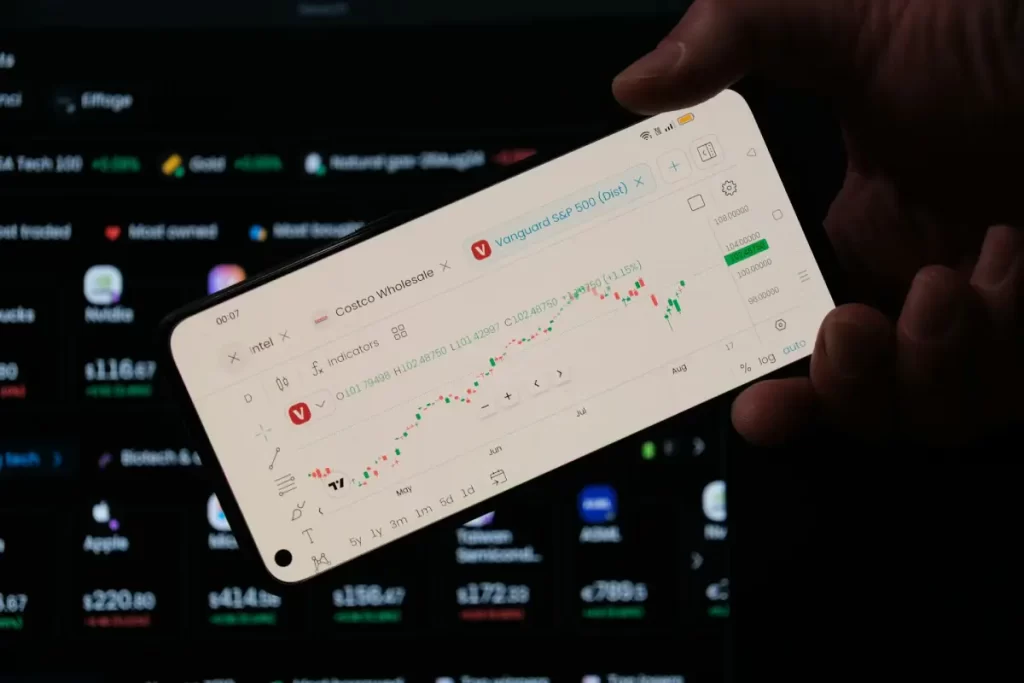
The index is built from actual property sales that happen across Dubai. Each time a home is sold — whether it’s a villa, apartment, or office — the Dubai Land Department records the price, area, date, and other important facts. These are not guesses or estimates. They are based on real deals, signed and confirmed.
By using this real-world transaction data, the index reflects what’s really happening in the market, not just what people hope or expect.
Looking at Property Characteristics

Not all homes are the same. Two apartments on the same street can have different attributes — size, layout, view, age, or the building’s reputation. These small details matter when it comes to value.
Because of this, the index includes property characteristics to make the results more accurate. It treats real estate as heterogeneous goods — items that are not all alike. This careful attention helps the index show changes in price that are based on real differences, not just location alone.
Applying Clear Methodologies

The DLD uses tested methodologies to organize and analyze the data. These include ways to:
- Adjust for differences between properties
- Track changes across months and quarters
- Smooth out unusual spikes caused by one-time events
These methods have been adopted to match international standards, while still being suited to Dubai’s unique market. The approach gives users confidence in the accuracy and fairness of the index — whether they’re looking at one project or the whole emirate.
3. Why It Matters for the Real Estate Market
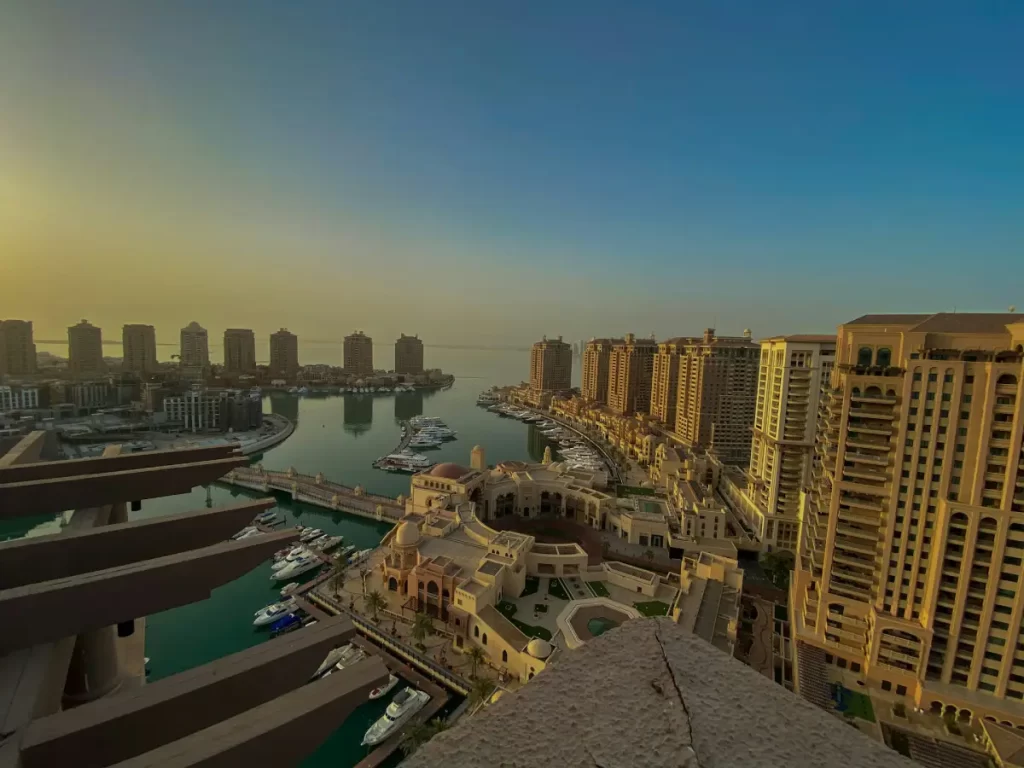
People who use this index include:
- Investors wanting to check value trends
- Families trying to pick the right time to buy or sell
- Companies offering services that need trusted information
Having a strong, clear index also helps people search with more confidence. It makes the market more open and less confusing, even for those new to Dubai real estate.
4. Price Movements by Property Type
Not all properties move in the same direction at the same time. The Dubai real estate price index helps show how each type of real estate responds to changes in the market. Whether it’s a large villa, a city apartment, or a space used for work, the patterns are different — and worth understanding.
Villas
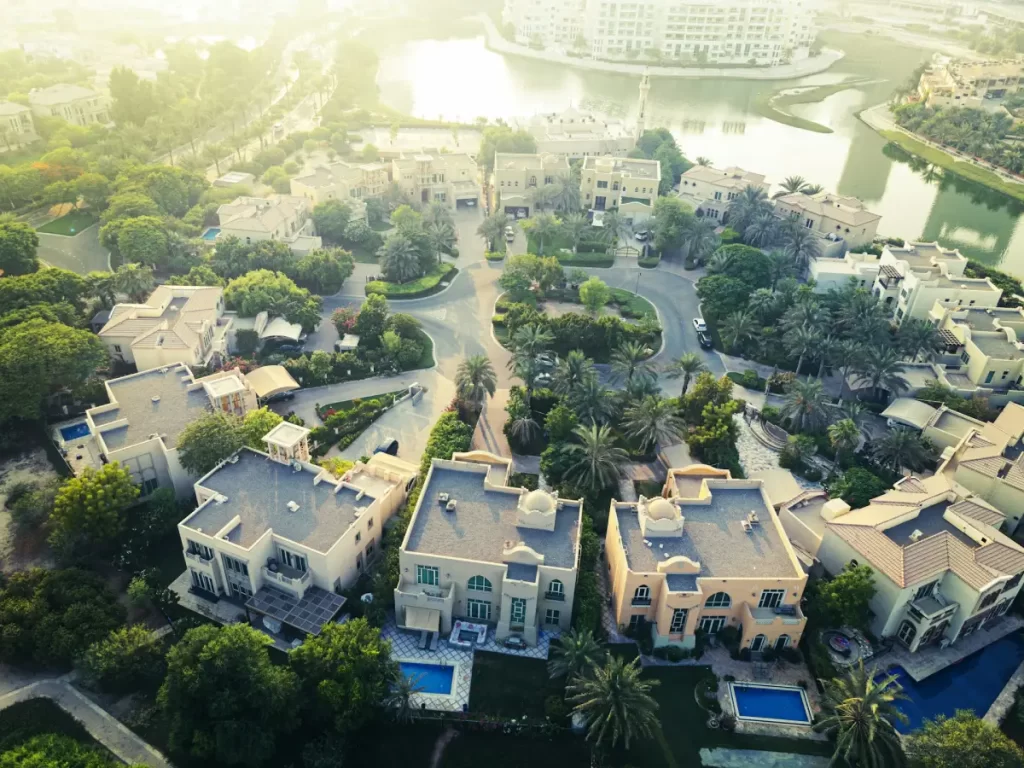
Villas offer more privacy and space, often appealing to families or those who value quiet living. Their prices tend to move more steadily, especially in well-established areas. The index shows that villas have experienced gradual growth over the last year, with demand increasing in certain communities.
Key points:
- Villas in coastal and suburban areas have shown the highest growth in AED value
- Transaction volumes for villas remained stable, showing continued interest
- New villa projects with modern designs gained attention due to their layout and location
- Prices are affected by lot size, outdoor space, and proximity to schools or the ocean
Apartments
Apartments make up a large part of the city. They are often the first choice for singles, young couples, or investors. Apartment prices shift more often than villas, especially in areas with lots of new buildings.
Key points:
- Prices varied widely depending on area and building age
- High-rise apartments in central zones saw moderate price increases
- Older units in less popular areas had flat or declining prices
- Apartments close to transport lines and malls attracted more sales transactions
Commercial Properties

Commercial spaces — like shops, offices, and warehouses — behave differently from homes. Their value is more closely tied to business demand, and they are often bought by companies rather than individuals.
Key points:
- Transaction volumes were more sensitive to changes in the economy
- Prices stayed steady in busy commercial hubs, with slight growth in newer districts
- Demand grew for flexible office spaces, especially after shifts in work habits
- Location and project size played a strong role in determining value
See Also Dubai Real Estate Market Trends
Key Takings About Dubai Real Estate Price Index

The Dubai real estate price index gives us a quiet and steady view of how property prices move across the emirate. Built with reliable data from the Dubai Land Department, it reflects real sales transactions and includes important characteristics of each property — like area, size, and project type.
Whether you’re interested in villas, apartments, or commercial spaces, the index shows how different parts of the market perform over time. By understanding these patterns, users can make thoughtful decisions based on accuracy, not guesses.
If you found this article helpful, we invite you to read our next piece on the broader Dubai real estate landscape. There, we explore how services, locations, and buyer behavior have shaped the real estate market in recent years.
Feel free to leave a comment below — whether it’s a thought, a question, or your own quiet observation. Your voice matters, and we’d be glad to hear it.
FAQ
The Dubai Real Estate Price Index is a tool created by the Dubai Land Department that tracks property price changes, sales transactions, and sales volume across Dubai. It’s published quarterly and helps users understand how different property types perform over time.
The index is built using real transaction data from confirmed sales of villas, apartments, and commercial properties. It considers property characteristics like size and location, and applies tested methodologies to ensure accuracy and reflect true market conditions.



